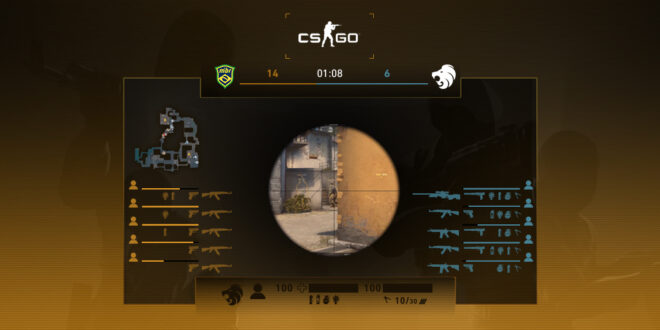This is a straightforward guide intended to find out all of the information about cosmetics and purchasing / selling them that may be useful for people who seem to be entirely new for the scene but don’t know precisely how cosmetics work. Although I am confident, the specifics below are blisteringly clear to most people. Skinwallet.com will try to provide you with most of the information.
As a consequence, I’m keeping the knife skins off since I don’t believe that users who would have been involved in this guide will have $50 + that spend onto the stylish surfaces for either a single weapon.
Basics
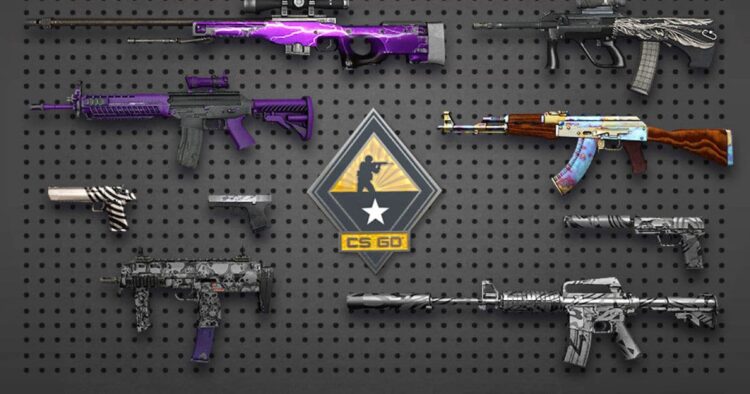
The skins come from three general variants: Standard, Stat-Trak, including Souvenir. Both surfaces arrive in Standard, but there’s no skin throughout Souvenir, but Stat-Trak and others don’t fall in that. Regular become regular-they are the foundation of the other two types and, therefore, have no unique characteristics or property.
The skins for Stat-Trak and Souvenir were two separate ways of showing off. Stat-Trak guns work much the same as Team Fortress 2 with Dota 2 alien weapons. We have a small LED screen on either the weapons that monitors kill the user of the pistol. Remember that when the Stat-Trak skin sold on either the community market, its kill counter will be reset; when you purchase one, they didn’t get any of them previously.
Souvenir weapons seem to be special weapons that drop randomly throughout the big CS: GO tourneys for people watching the match. Every Souvenir gun has a text that commemorates the game, after which it fell. Throughout the game, heavy weapons cases will also randomly granted to spectators; all such examples include a random one, plus many unique stickers for either the tournament or even the two players playing throughout the game. Most people choose to retain their Souvenir arms and not to sell it, then be mindful that they will usually be quite costly.
Skins Rarity CS: GO
Rareness is one of the most important qualities or features that every skin has. Rareness, also known as skin grade, is arbitrarily prescribed to the Valve team. The level affects the mathematical chance of losing, blade, or boots, making higher even rarer than lower quality CS: GO skins.
There will be eight levels of uniqueness. Each one of these different levels has its overall price scope and even some better-known skins of another rare quality. In the background of CS: GO skins, the harder to find the hair, the more costly it is.
White – Consumer Grade
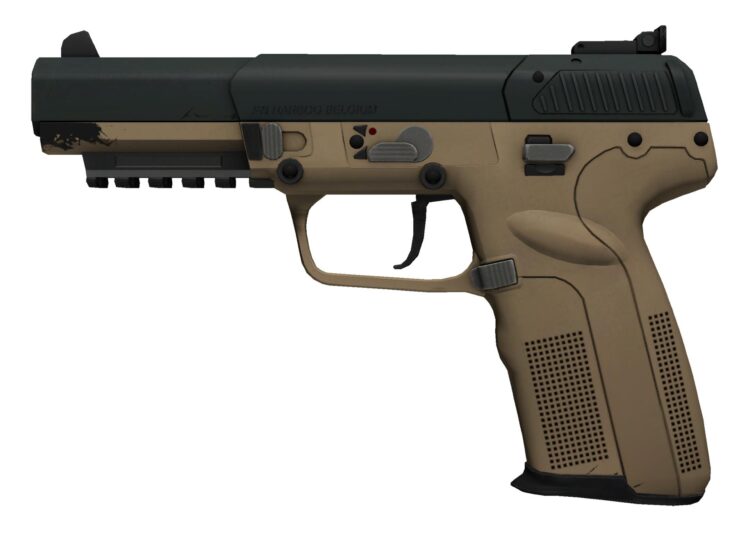
Tan, product skin is the most common and accepted. Generally, you may drop that as a random drop during a CS: GO game. You could also get them through sharing with other competitors or by buying them from the Steam Humble bundle. Almost all of the common pay only a few cents. However, there are a couple of exceptions that can reach a couple of bucks. White skins were also good for pay-up agreements.
Light Blue – Industrial Grade
A little more unusual than product-grade skins, manufacturing-grade are still trendy. Similarly, they often discarded as daily weekly bonuses during games. They generally cost a couple of cents to something like a couple of dollars; however, if we take into account the rare occurrence of Souvenir CS: GO skins, we could get a lot more expensive. Nonetheless, Souvenir skins will typically view as a different category and subcategory with CS: GO skins.
Blue – Mil-Spec

Mil-Spec skins were the simple level of scarcity that falls out of any Gun Case. There are, however, a number of them are in the sector. Additionally, blue one could easily obtain by trade-up agreements that often used for trade-up contracts themselves. These typically have a hundred bucks at most. However, there are a few variations which paired with a different exterior float, and even a good model can hit tens or perhaps even $100.
Purple – Restricted
Such CS: GO skins are also much harder to obtain, usually due to the launch of a pistols case and trade-up agreements. It’s the most numerous rank of uniqueness that still has some exciting ones. The rates here should vary a lot: between a few bucks to a couple hundred.
Pink – Classified
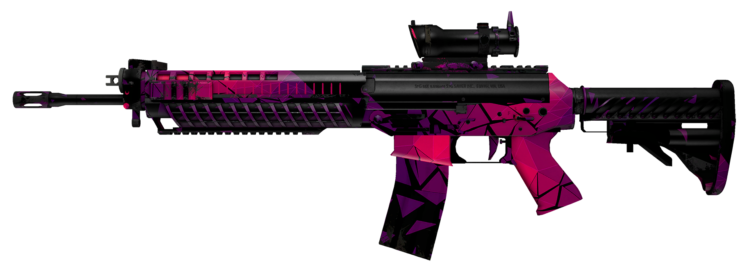
Categorized skins were costly and hard to find. Some fascinating surfaces form part of a classified rarity category. Restricted skins are most often called a sweet spot for CS: GO cosmetics trading and investing owing to their grade and selling prices.
Red – Covert
Your rarest gun skins, except the blades, which will have a unique quality at their own. Almost all of the class of the covered skin comprises of assault weapon skins as well as some AWPs and handguns. They could be insanely expensive, based on their fashion but also exterior performance. The most prominent example seems to be AWP Dragon Lore, which can use for $1500-$2000.
Orange – Contraband
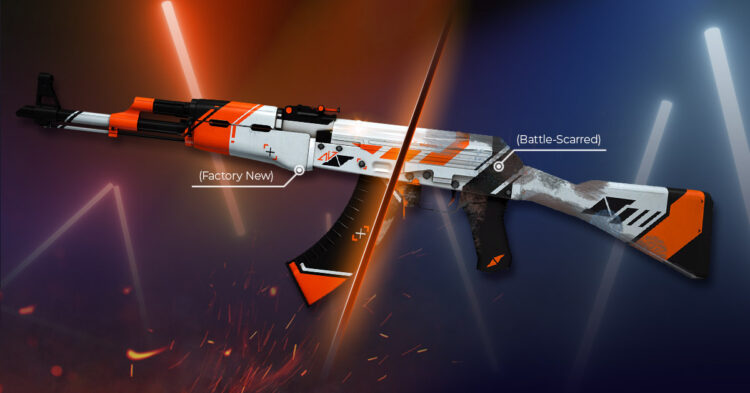
It’s Contraband Rarity Rating reserved for CS: GO skins that have been available at a particular stage of the game but have removed for various reasons. Though, all the pieces that have already dropped are already accessible. Thus, you can get contraband ones by dealing with anyone who has one. There have been currently even one contraband grade skin to CS: GO M4A4 Howl.
Gold- Legendary
The above list includes all melee weapons but also gloves. Each one from such a category was considered a sporadic ingredient. Depending on the product or skin, they may cost a couple hundred given a couple of thousands for American dollars, green.
Case Hardened Skin Notice
One form of skin is called Case Hardened-it appears on the-47, its five-seven, and many knives. Case Hardened skins wouldn’t obey most of the laws which the other are doing concerning cost, because the exact design on the metal was randomized. As just that, prices fluctuate wildly, which tend to relate to either the specific pattern directly. When you’re interested in purchasing any of these, be ready to investigate a lot of candidates before you discover something you like.
 Hi Boox Popular Magazine 2024
Hi Boox Popular Magazine 2024
